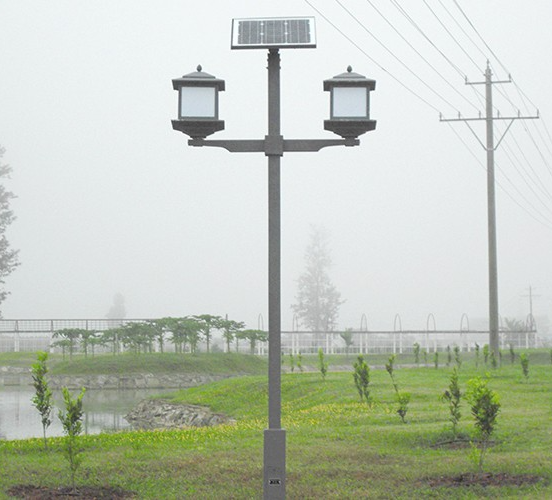To enhance the performance of a solar-powered lighting fixture during winter, when sunlight is limited and temperatures are lower, you can adopt the following measures:
1. Optimize Solar Panel Placement
- Adjust Tilt Angle: Increase the tilt angle of the solar panel to capture maximum sunlight from the low winter sun.
- Clear Obstacles: Remove any obstructions like snow, dirt, or leaves that block sunlight from reaching the panel.
2. Use High-Efficiency Solar Panels
- Upgrade to monocrystalline solar panels, which are more efficient in low-light and overcast conditions typical of winter.
3. Upgrade Batteries
- Use lithium-ion batteries, which perform better in cold weather compared to lead-acid batteries.
- Ensure batteries are installed in insulated or heated enclosures to prevent freezing and capacity loss.
4. Adjust Lighting Duration and Brightness
- Set motion sensors: Use motion-activated lighting to minimize power consumption.
- Reduce runtime: Lower the number of hours the light stays on or reduce brightness to extend battery life during periods of low sunlight.
5. Implement Energy-Efficient LEDs
- Equip the fixture with high-lumen, low-power LEDs to maximize illumination while consuming minimal energy.
6. Incorporate Reflective Surfaces
- Place reflective materials around the lighting area to enhance illumination without increasing power consumption.
7. Regular Maintenance
- Clean panels frequently: Ensure snow, ice, and dirt are cleared regularly to maintain peak performance.
- Inspect connections: Check for any loose or corroded wiring that may affect power delivery.
8. Improve Charging Efficiency
- Use an advanced Maximum Power Point Tracking (MPPT) controller to optimize solar energy conversion and battery charging efficiency, especially in low-light conditions.
9. Consider a Backup Power Source
- Integrate a small wind turbine or connect to the grid (if possible) as a supplementary power source during prolonged cloudy or snowy periods.
10. Test and Monitor Performance
- Install a monitoring system to track energy production and consumption, allowing adjustments to maximize efficiency.




